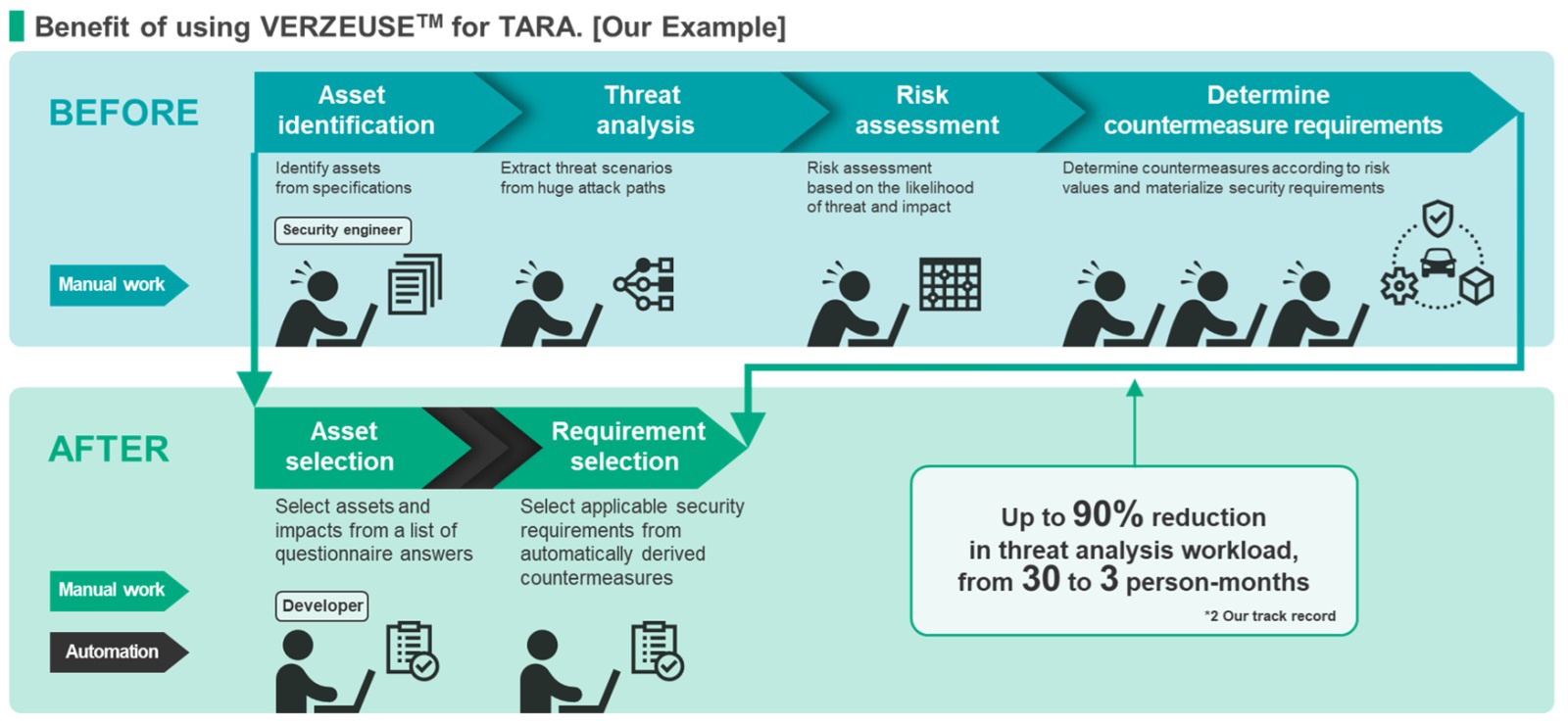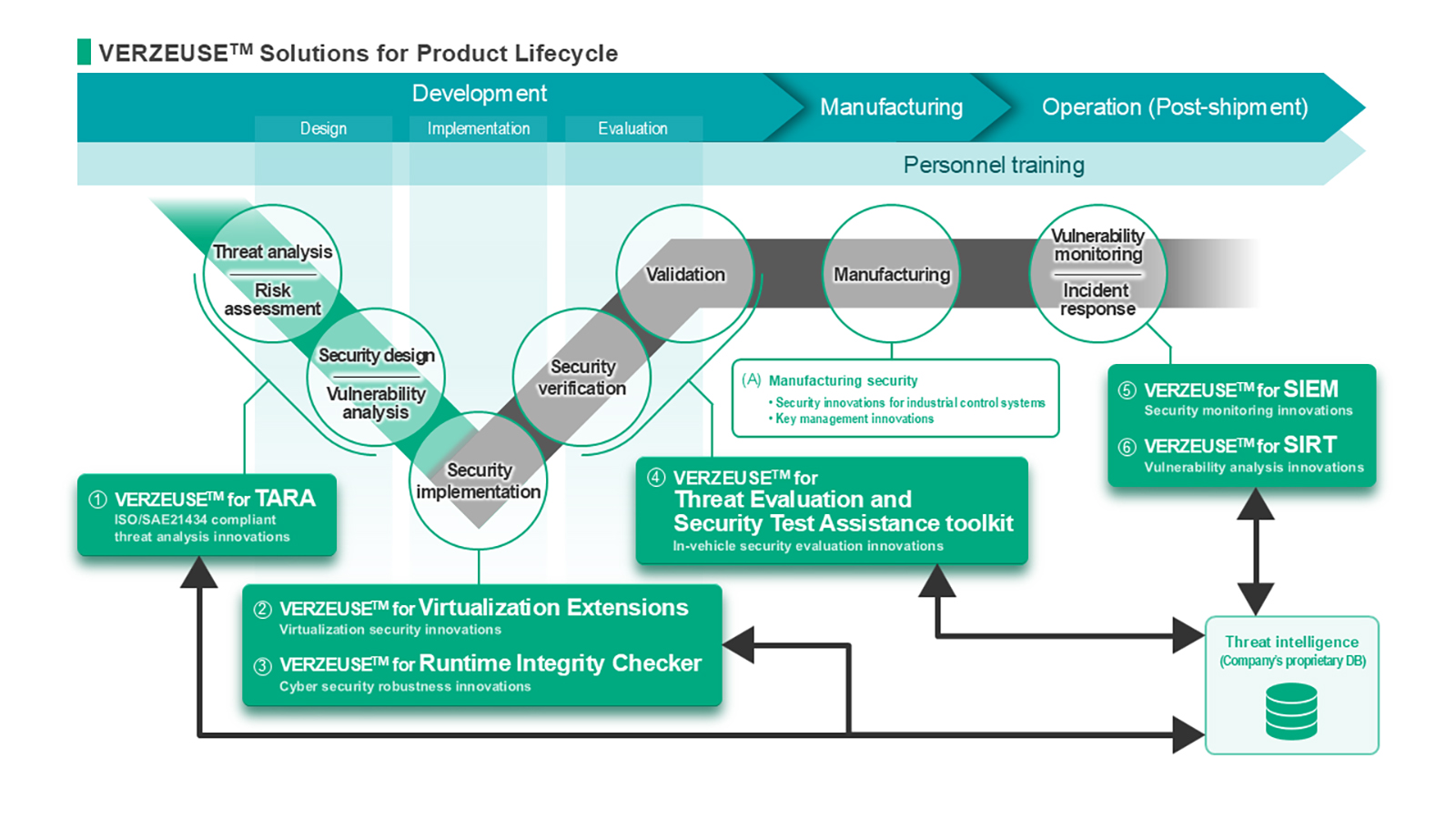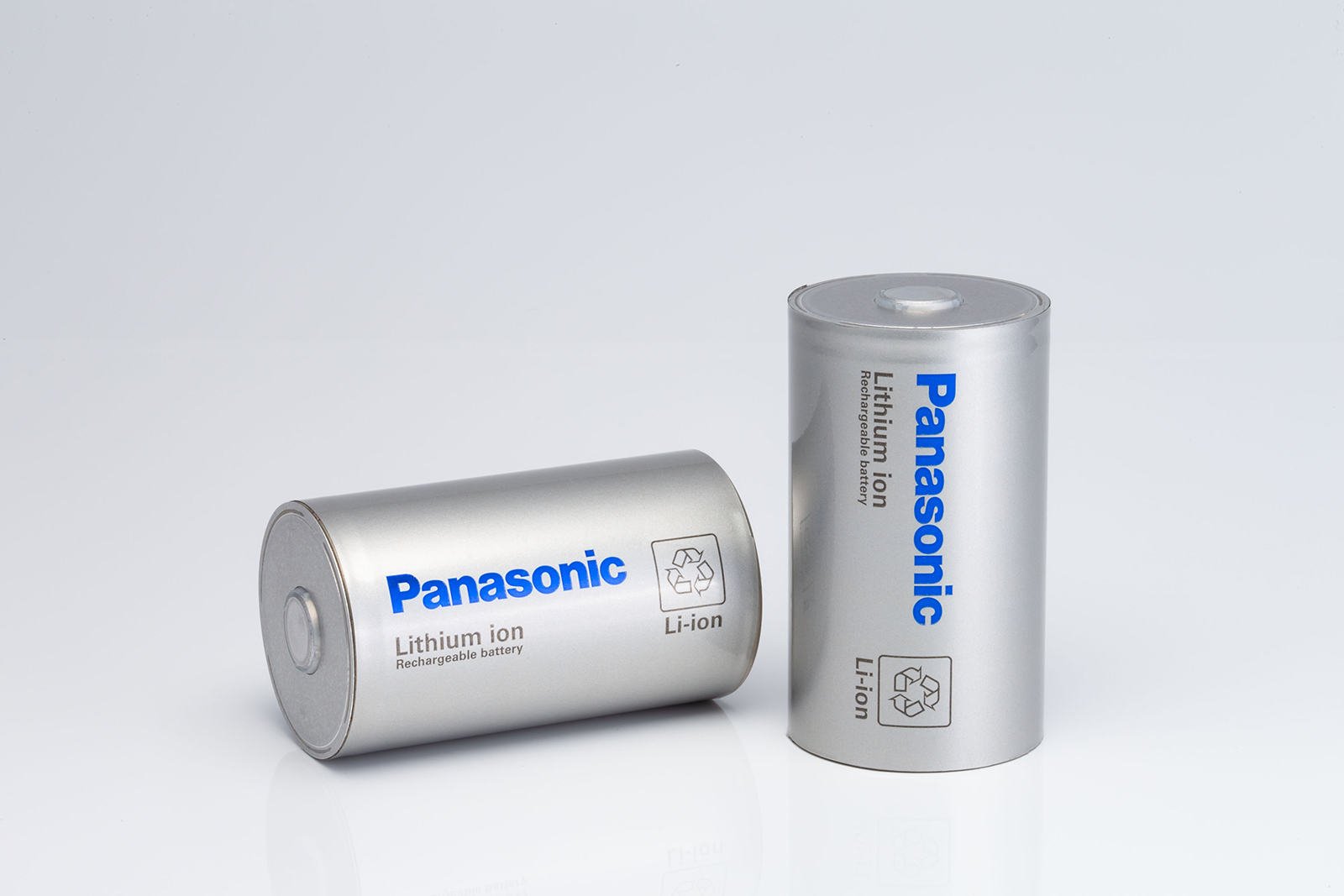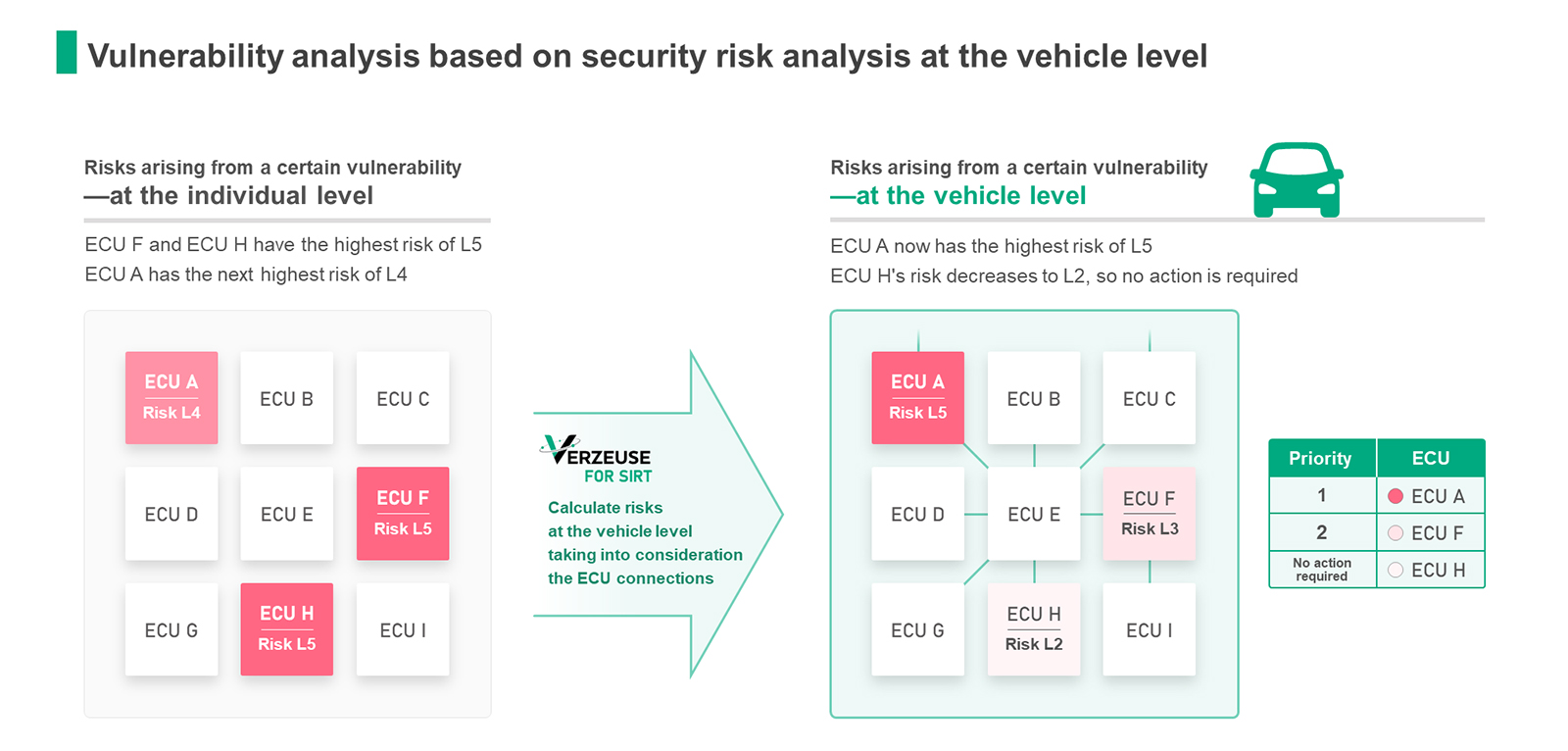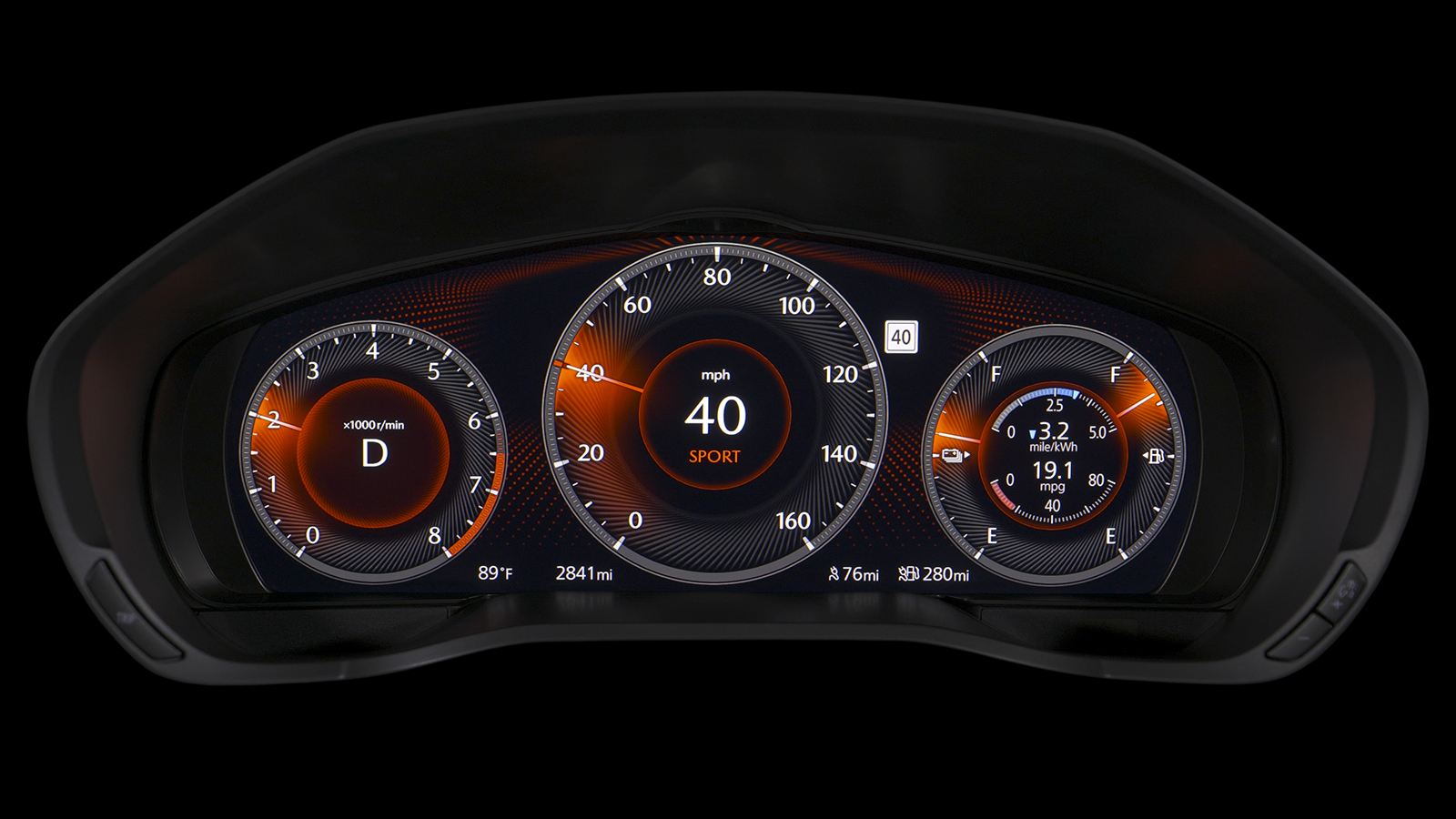Background
Yokohama, Japan - With the innovative development of automated driving technologies, the progress of digitalization, and the increase in the number of vehicles connected to networks, known as connected cars, the risk of cyber attacks targeting automobiles is increasing every year. Therefore, the automotive industry urgently needs to create a system to monitor and protect against cyber attacks on vehicles.
To address these issues, Panasonic has developed the Automotive Intrusion Detection System, which, when installed in vehicles, determines if a cyber attack has occurred and the type of attack, and then sends the data for analysis to the Vehicle Security Operation Center (Vehicle SOC). We are also developing a Security Information and Event Management System that will analyze and visualize the large amount of data received from the Automotive Intrusion Detection System at the Vehicle SOC.
Overview of Survey
In order to evaluate the technological and patent capabilities of companies in the automotive security field, Panasonic commissioned Patent Result Co., Ltd., a leading patent search firm, to conduct a survey. As a third party, Patent Result created a search formula and extracted 1,528 Japanese patents, 3,511 U.S. patents, and 1,141 European patents, and evaluated their patent scores using the Biz Cruncher patent analysis tool.
What We Can Learn from the Survey Results
Based on the patent score, which represents the degree of attention given to an individual patent, the rights holder score maps for Japan, the U.S., and Europe, as shown in Figures 2 to 4, comprehensively evaluate patents in terms of quality and quantity.
The results show that Panasonic's patents dominate other companies in Japan, the US, and Europe in terms of overall strength (vertical axis of the graph). Also, in terms of the number of active patents (represented by the size of the circles), Panasonic ranks first in Japan and Europe, and second in the U.S., indicating that the company is in an excellent position in both patent quality and quantity.
Vertical axis (Overall strength): Scores of each rights holder's patent groups added together
Horizontal axis (Separate patent strength): Scores of the single patent with the highest value in each rights holder's patent group
Size of circle: Number of valid patents
Why Panasonic's Technology Is So Strong
There are three main reasons why Panasonic's patents are overwhelmingly superior in terms of quality and quantity.
-
Human Resources, Organizations, and Technologies Accumulated through More than 30 Years of Commercial Experience Deployed in Automotive Security
Panasonic has more than 30 years of commercial experience in security for embedded devices, including AV equipment, mobile devices, and IoT devices, and is applying the human resources, organizations, and technologies it has accumulated over the years to automotive security. This allows our engineers, who are well versed in the vital details of security, to be a driving force for superior technological development and patent applications in the completely new area of automotive security.
-
Operating Vehicle Hacking Team and Countermeasure Team Engage in Friendly Competition
Panasonic not only simulates anticipative attacks, but also purchases commercially available vehicles and conducts attack experiments. We have hacked more than 10 actual vehicle models from a black box status. This means that we are able to devise countermeasure technologies that match the actual situation from the attacker's point of view and position. We have both attack and countermeasure teams that operate in unison, and each team works hard to improve both sides of the issue on a daily basis through friendly competition.
-
Patent-Focused Corporate Culture
Panasonic's corporate culture encourages active application for patents based on our experience of patent competition with competitors in the commercialization of DVDs and Blu-ray discs. There are many cases in which ideas are generated in the course of technological development, but it is up to management to decide whether to devote more time to technological development or to patent applications. Panasonic has passed down the importance of patent applications from the past, and each and every one of our engineers values this culture.
Future Direction
One indicator of the future direction of automotive security is the trend we have seen in the IT industry. Even in the IT industry, which is leading the way in digitalization and networking, security issues and risks are on the rise. Connected cars are a type of IoT device, and it is inevitable that security risks will increase in the future as cars become targets of hackers' attacks.
Panasonic views the issue of automotive security as a challenge that needs to be addressed by the entire automotive industry. We will play a role in raising and strengthening the level of security in the automotive industry and contribute to the development of a safe and reliable mobility society based on our solid technological and patent capabilities as demonstrated by the results of this analysis.
# # #
Disclaimer:
We would like to note that Panasonic Newsroom is not a place to address personal Customer Service issues. Even though this is not the forum, Panasonic is always eager to resolve your concerns. Our local customer services contacts can be found at Global Support or you can see our list of Social Media Accounts to find the right channel for your queries and concerns.












